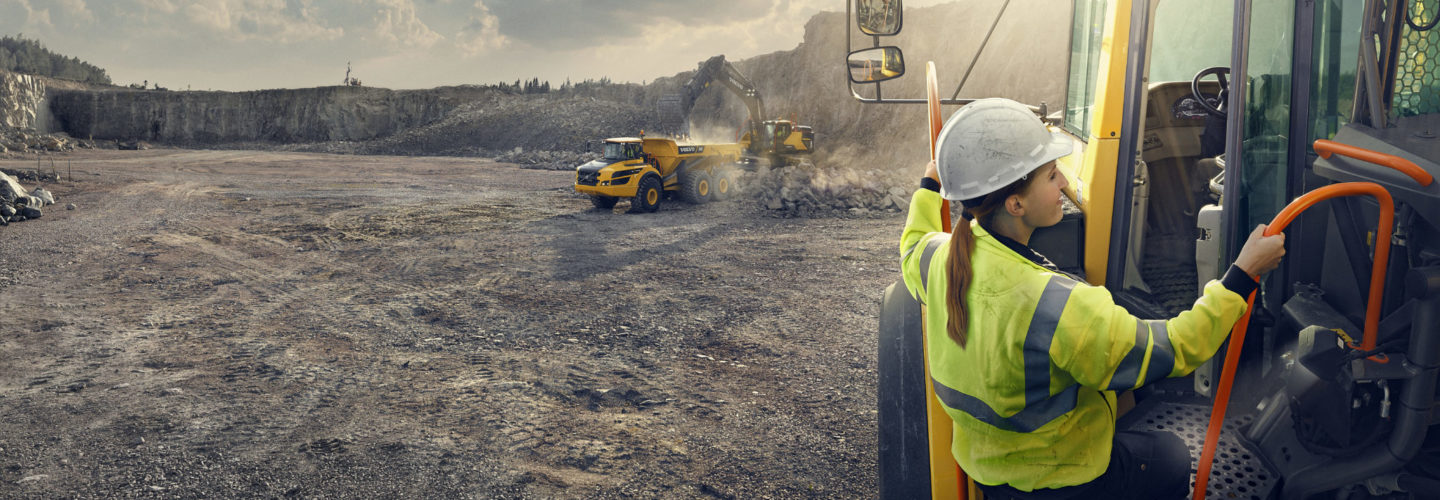Make safety a priority on the jobsite by following five simple ways introduced by Volvo Construction Equipment
1. Carry out daily maintenance inspections
Before the start of every work shift, operators should walk around their machine to check for damage or leaks, ensure pins and bushings are in place and in good condition and pins are correctly greased. They should also check that lights, windscreen wipers, visibility aids, warning decals and other safety items are correctly adjusted and in full working order. Finally, operators should clean away any dirt or debris from the cab as loose material could pose a risk of injury.
2. Maintain three points of contact when entering and exiting the cab
Slip and fall accidents are among the most common in the construction industry. Volvo CE designs its machines with sturdy anti-slip steps and handrails but operators should still clear off any mud, ice or oil. They should also maintain three points of contact at all times when entering or exiting the cab for additional stability (two feet and one hand or two hands and one foot).
3. Use on-board weighting features to avoid overloading
On-board weighing systems, such as Volvo Load Assist for wheel loaders and On-board Weighing for articulated haulers, are just as important for safety as they are for productivity. These systems prevent the operator from accidentally overloading the machine, which can reduce stability and even cause damage.
4. Monitor telematics data for safety issues
Connecting machines to Volvo CareTrack provides owners and fleet managers with a wealth of information about what their equipment is doing in the field, including how safely it is operated. Many occurrences of high speed, for example, could indicate erratic operation and signal a need for more operator training.
5. Understand the machine's safety features
Most machines are required to have ROPS (rollover protection system) cabs but the benefit of such protection is greatly reduced if the operator is not wearing their seatbelt, for example. Safety features differ from machine to machine so operators should always read the Operator’s Manual and seek training as necessary to understand the features available to them and why they are so important for preventing accidents so they can make full and proper use of them.

